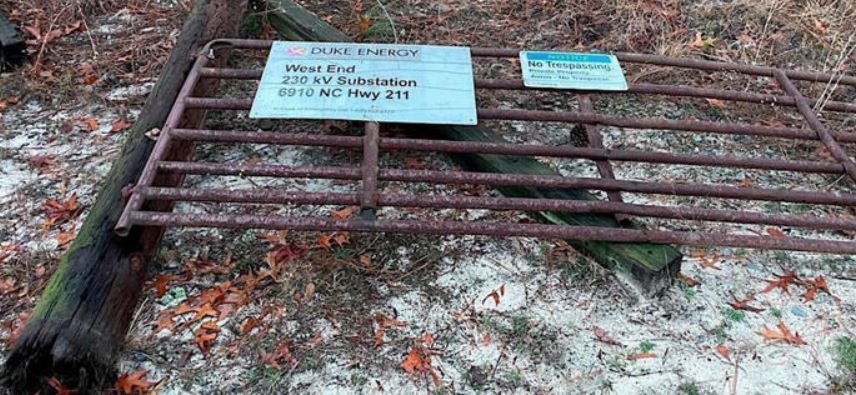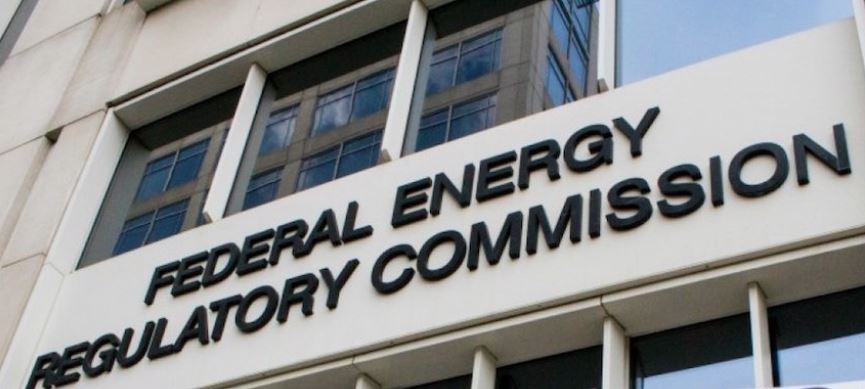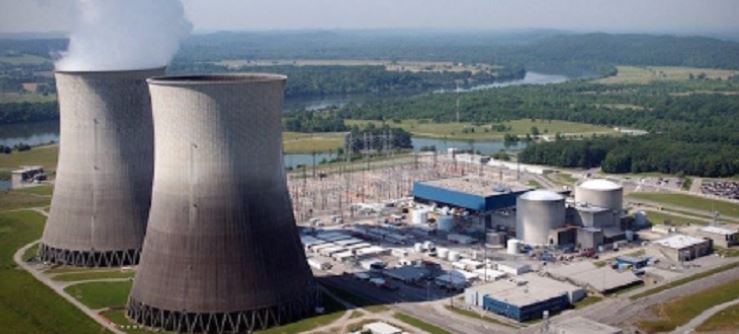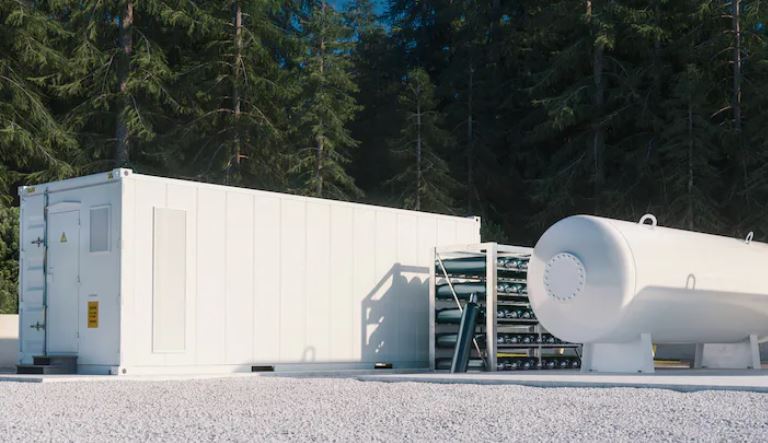By MarketWatch:
A criminal act is being investigated by the local authorities and the FBI that caused major substation damage to its power transformers and other equipment. This criminal act occurred sometime on Saturday night, Dec 3, 2022, in Moore County, NC.
The repairs could take weeks while several customers will remain without power. Crews will be working around the clock in order to replace the damaged equipment and to restore the power outages.
“Andrew Wilkins, a conservation advocate who grew up in Moore County, was driving Saturday night from Washington to his parents’ small farm in Whispering Pines when he noticed all the street lights were out in the county seat of Carthage. He arrived to a ‘pitch black street’ and little information about the cause or scope of the blackout. ‘When the power was cut, the flow of information was cut too.’ ”






